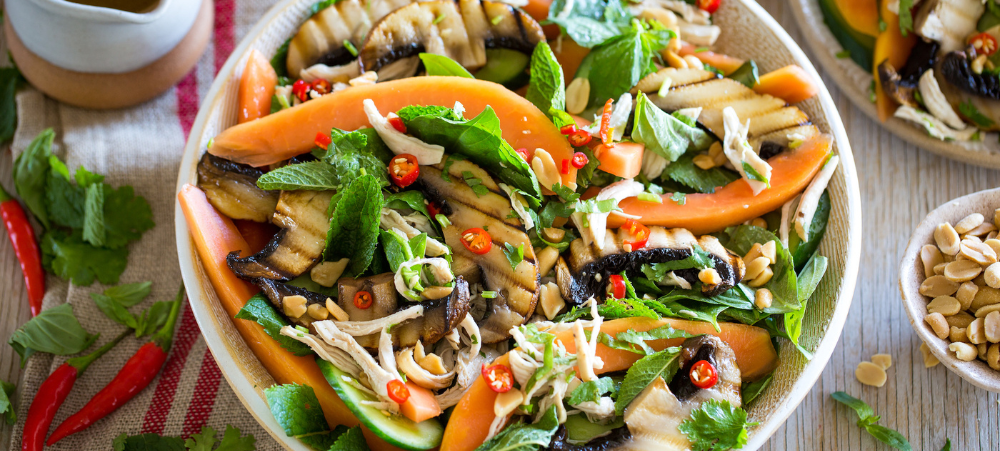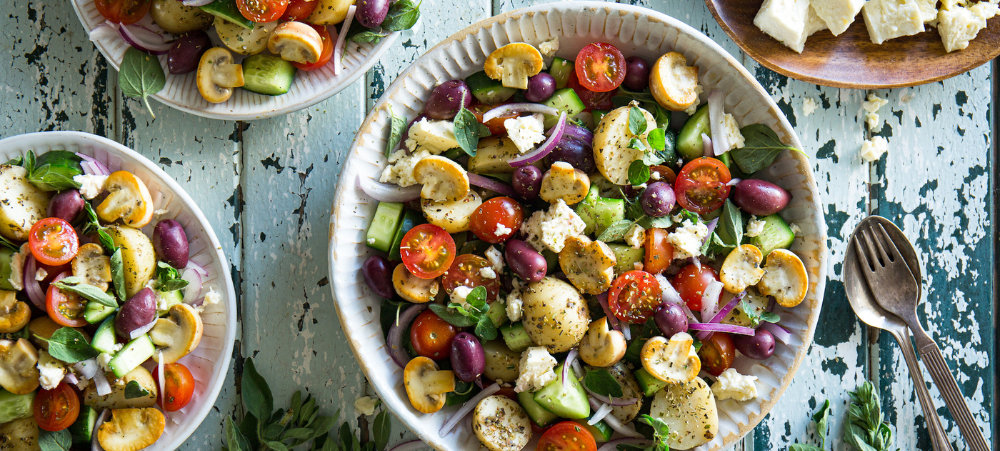
How to take away the dummy without emotionally scarring your toddler
If you have a toddler who LOVES their dummy and dares to walk around with it in public, then you’ve probably been subject to at least one judgy look or snotty comment like: “When are you planning to get rid of the dummy?” OR “your child is going to end up with a speech problem if you don’t get rid of that”. According to the well-known paediatrician, Dr. Harvey Karp, a dummy can be used to help trigger the sucking reflex in the early months of childhood. Research shows that letting your baby suck on a dummy while falling asleep can possibly lower the risk for SIDS (Sudden Infant Death Syndrome). Sucking on a dummy also helps toddlers calm themselves when feeling anxious or stressed. Karp describes sucking as a comforting “routine”! Although the use of a dummy has many advantages, it also has some disadvantages (at a certain stage) and this can confuse parents. Most dentists recommend that the best time to say goodbye to the dummy is between the ages of two to three years old. There comes a time when parents (and us as sleep consultants) have to decide to remove the dummy once and for all. The section below gives answers to some of the questions parents will have when trying to remove the dummy. The when to, how to and what to do when you decide to get rid of the much-needed, most-loved dummy… When should you consider removing the dummy? If your child has reached the age of two; If the dummy potentially increases the chance for dental/ oral health problems later in childhood (i.e., misalignment of the jaw, incorrect positioning of teeth, etc.; If your toddler has frequent/ slightly higher rates of middle ear infection; If your toddler’s speech is being impaired by the prolonged use of the dummy; and If a dummy has become your child’s biggest sleep “prop” or “crutch” and it affects their sleep. How do we get rid of the dummy? Once you have decided to part with the dummy, you have to start planning on how you will prepare your toddler for the “separation”. The best approach is to explain the change to your toddler and give him/her enough time to accept that the dummy will be removed from the routine. Suggestion: Avoid removing the dummy during a time of transition, such as moving house or changing schools or illness. Step-by-step: Prepare your toddler – read bye-bye dummy books daily AND remind your toddler continuously about the change that is coming; Introduce the “dummy fairy” OR have a proper “good-bye dummy party”; Get your little one to participate and let him/her help you decorate an empty box/envelope to pack away all the dummies in the house; Decide on a day, mark it on the calendar and have a countdown (keep reminding your little one that the day is coming closer); The “dummy fairy” will visit you OR you will have a “good-bye dummy party”; The day of the event: Have your child collect all the dummies, put them away in the decorated envelope/box and leave it outside. Tell him/her that the “dummy fairy” will leave them a nice surprise/present in place of the dummies OR get your little one to put all the dummies together in the empty decorated box, send it off to a friend’s house and invite one or two close friends to your “good-bye dummy party” (Get snacks and cake to celebrate)! Remember, this is a BIG milestone and it needs to be celebrated. Note to parents: Toddlers have an emotional attachment to their dummy and will for sure have a tough time saying goodbye to the dummy. If the process turns out to be more exhausting and daunting than you expected, remember that getting angry or giving the dummy back to them will only make things worse, patience and understanding will go a long way. Stay consistent – in time, your little one will learn to live his life happily dummy-free. *Contact your nearest Good Night Sleep Consultant to help you get rid of the dummy responsibly and stress free. By Charnè Smit – Good Night Consultant































